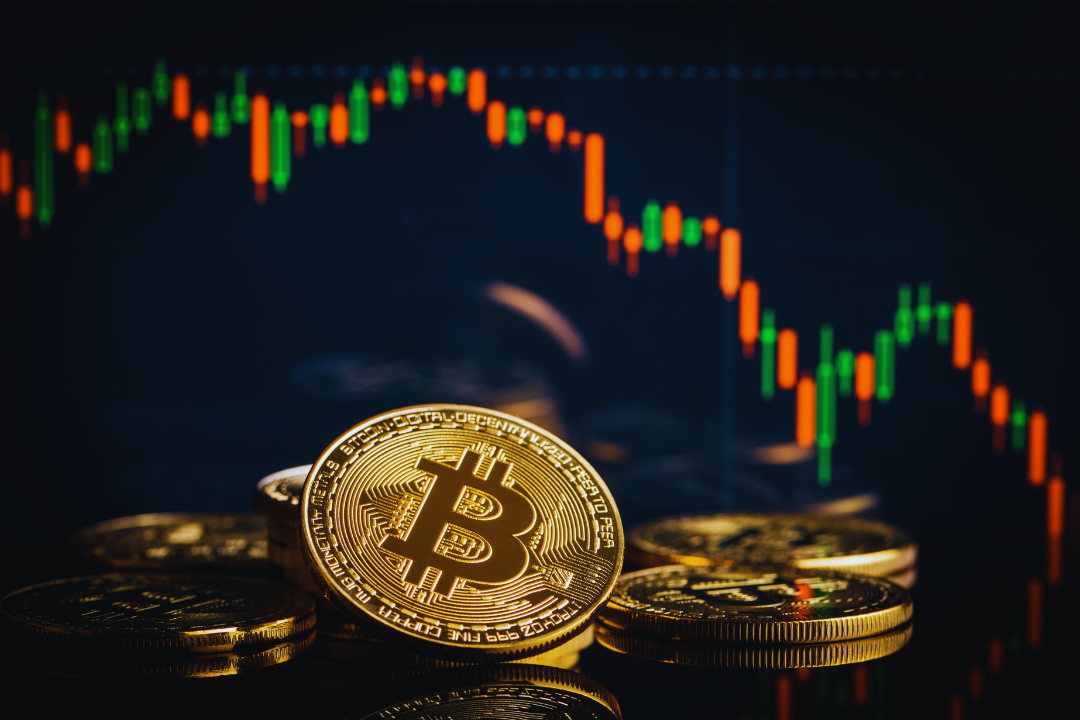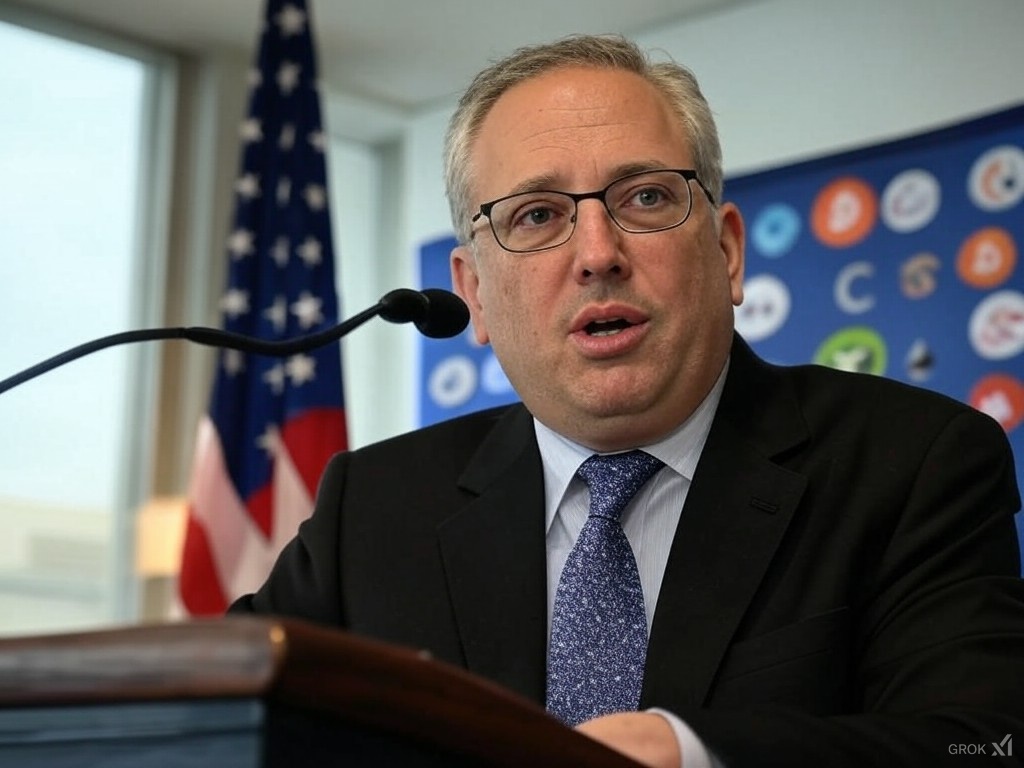Bitcoin doesn’t wait for anyone. In March 2025, the world’s largest cryptocurrency has been on a rollercoaster, reacting to major political and economic moves. From President Trump’s bold decision to create a U.S. Bitcoin reserve to intense market swings, the industry is at a turning point. Some see opportunity. Others see chaos. But one thing is clear—Bitcoin is now more entangled with government policies than ever before.
Market Turbulence: What Just Happened?
A few weeks ago, Bitcoin was riding high. Then, March hit. Prices crashed to $80,000 before bouncing back to around $85,000. Investors had mixed feelings about Trump’s executive order establishing a strategic Bitcoin reserve. Many expected the U.S. to start buying Bitcoin aggressively. That didn’t happen. Instead, the government consolidated Bitcoin it had confiscated over the years—roughly 200,000 BTC, valued at around $17.5 billion. That move disappointed traders who had anticipated a government-fueled rally.
Meanwhile, China dropped hints that it might make a move in the Bitcoin space. Normally, that would send prices soaring. But the U.S. reserve news overshadowed everything, leading to uncertainty instead of excitement.
Fear or Opportunity? Experts Weigh In
Bitcoin’s price action isn’t just about short-term swings. Some experts think a drop to $70,000 is possible. Arthur Hayes, founder of BitMEX, even warned of a potential “violent” reaction if that happens. Others, like Zach Burks, predict Bitcoin could slide to $72,000 while Ethereum drops to $1,600. Most of the selling pressure is coming from new investors—people who jumped in over the last three months and are now panic-selling.
But not everyone is bearish. Some believe this is just a temporary dip. Matt Hougan, a chief investment officer at Bit Asset Management, thinks investors are missing the bigger picture. If the U.S. holds Bitcoin as part of its reserves, other nations might follow. If that happens, Bitcoin could skyrocket in value over the long run.
Trump’s Bitcoin Reserve: A Game Changer or a Letdown?
Trump’s executive order marks a massive shift in U.S. policy. Just a few years ago, he dismissed Bitcoin as a scam. Now, he’s overseeing a strategic reserve. But how will this work? The government isn’t buying Bitcoin outright. Instead, it’s keeping what it has already confiscated. This means no immediate buy pressure from the U.S. government.
David Sacks, a key advisor on AI and crypto, called the reserve “a digital Fort Knox.” Alongside Bitcoin, the government is also holding Ethereum, XRP, Solana, and Cardano. The big question: Will this move give Bitcoin legitimacy, or will it be a bureaucratic mess that does nothing for the market?
Bitcoin Mining: Staying Strong Despite Volatility
While Bitcoin prices are swinging, mining companies aren’t slowing down. Take BitFuFu, for example. The company ended February 2025 with 1,800 BTC in reserves. It produced 219 BTC in a single month, though its output dropped compared to January due to relocation and contract expirations.
BitFuFu isn’t just mining. It’s expanding aggressively. The company recently acquired a massive 51MW mining facility in Oklahoma. With electricity costs at just $0.03/kWh, its production cost per Bitcoin sits at $18,000—well below current prices. The company also brought in 2,000 next-gen S21 XP miners, showing it’s betting big on Bitcoin’s future.
Regulations: A New Era for Crypto?
The Trump administration is reshaping crypto regulations. In January 2025, Trump signed an executive order reversing past policies and pushing for a more blockchain-friendly environment. He scrapped the previous administration’s regulations and set up a new task force to define clear rules.
The SEC is also changing its approach. Instead of relying on enforcement actions, the agency, led by Hester Peirce, is now focused on clarity—offering clearer guidelines and reducing unnecessary crackdowns. Additionally, new leadership at the CFTC and OCC signals a shift toward a more crypto-friendly regulatory landscape. This could encourage more institutional investment and growth in the space.
Where Does Bitcoin Go From Here?
As of March 11, Bitcoin sits at $83,184, recovering from its recent dip below $80,000. That’s a 5.85% gain in just 24 hours. Despite this, Bitcoin is still far from its all-time high of $109,114. With market volatility, ETF outflows, and shifting regulations, traders are left wondering—will Bitcoin push higher or face another pullback?
Technical analysts are watching resistance at $83,465. If Bitcoin breaks above that, a push to $95,000 could be in play. But if it gets rejected, a drop toward $70,000 remains on the table. Meanwhile, ETF flows remain negative, with $409.3 million pulled out on March 10 alone. Still, Bitcoin’s market cap remains a massive $1.64 trillion, solidifying its dominance.
The Bigger Picture
Bitcoin’s wild March highlights how interconnected it has become with government policies and institutional moves. The Trump administration’s Bitcoin reserve plan is historic, but it didn’t deliver the buying pressure many expected. Meanwhile, mining operations continue expanding, betting on long-term growth despite short-term price swings.
Regulations are shifting, potentially making the U.S. a friendlier place for crypto. But uncertainty remains. Will other nations follow the U.S. and create their own Bitcoin reserves? Will the market stabilize, or is more volatility ahead? One thing’s for sure—Bitcoin’s next move will be one to watch.



